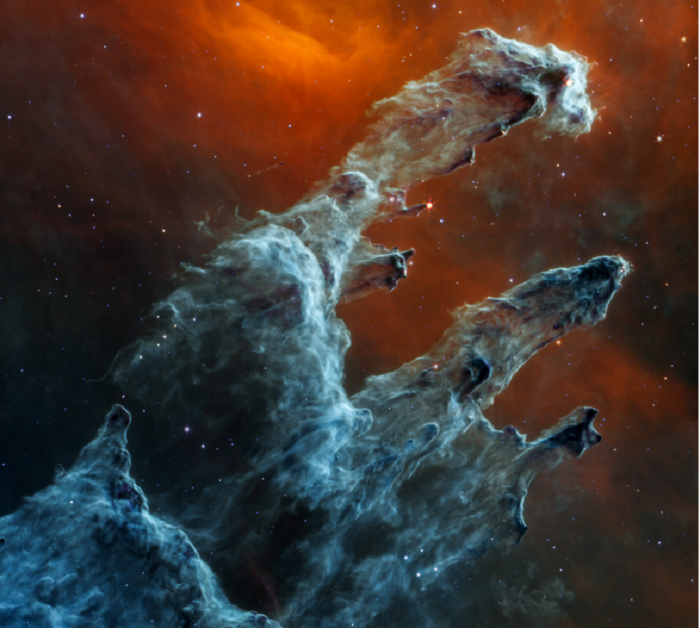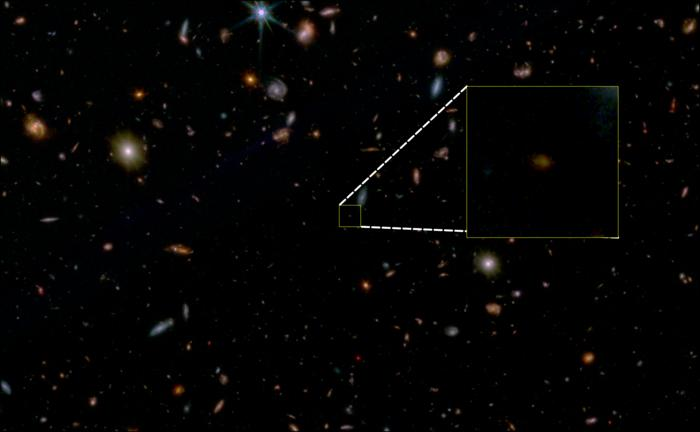From the majestic Pillars of Creation to the planet Neptune dressed in white, nine breathtaking images have been selected by the Nature website to tell the story of the first year of activity of the James Webb super space telescope (JWST).
Launched on December 25, 2021 from the European base in Kourou (French Guiana), James Webb has shown in these first few months that he has all the credentials to take on the legacy of the most famous of space telescopes, Hubble.
The first images it sent to Earth, in September 2021, are memorable.
The JWST image gallery opens with the 'Pillars of Creation', imposing columns of interstellar gas and dust in the star-forming region of the Eagle Nebula: already taken in 1995 from Hubble,
The Pillars of Creation photographed by Webb (Source: NASA, ESA, CSA, STScI; J. DePasquale, A. Koekemoer, A. Pagan (STScI)
It is the resolution, as well as the depth of the colors, that is also striking in the image of the 'cosmic cliff' in the Carina Nebula.
The JWST has peered into clouds 7,600 light-years from Earth, revealing 3D detail and showing individual stars and galaxies beyond.
The Eta Carinae Nebula photographed by the Webb telescope suggests a landscape of mountains and valleys (source: NASA, ESA, CSA, STScI)
The overview continues with a 'cosmic hourglass', which in the central bottleneck hides a rising star whose light illuminates the surrounding gas and dust at both ends.
At the center of this cosmic hourglass photographed by the James Webb telescope is a rising star (source: NASA, ESA, CSA, STScI, J. DePasquale, A. Pagan, A. Koekemoer/STScI)
The high-definition portrait of the planet Neptune is jaw-dropping, appearing dressed in white instead of its usual blue because it is captured in infrared rather than the visible light spectrum.
The quality of the image is such that it also shows the faint bands of dust surrounding the planet, as well as a thin bright line around the equator and seven of the 14 orbiting moons (the most visible is Triton, which appears as bright as a star ).
Neptune imaged by the NIRCam instrument (source: NASA, ESA, CSA, STScI)
The selection of images then continues with the starry heart of the Phantom galaxy, the stellar 'cradle' of the Tarantula Nebula, the Cartwheel galaxy, the galaxies of the Pandora Cluster and the 'cosmic onion' formed by plumes of dust emitted by the star binary WR 140.













